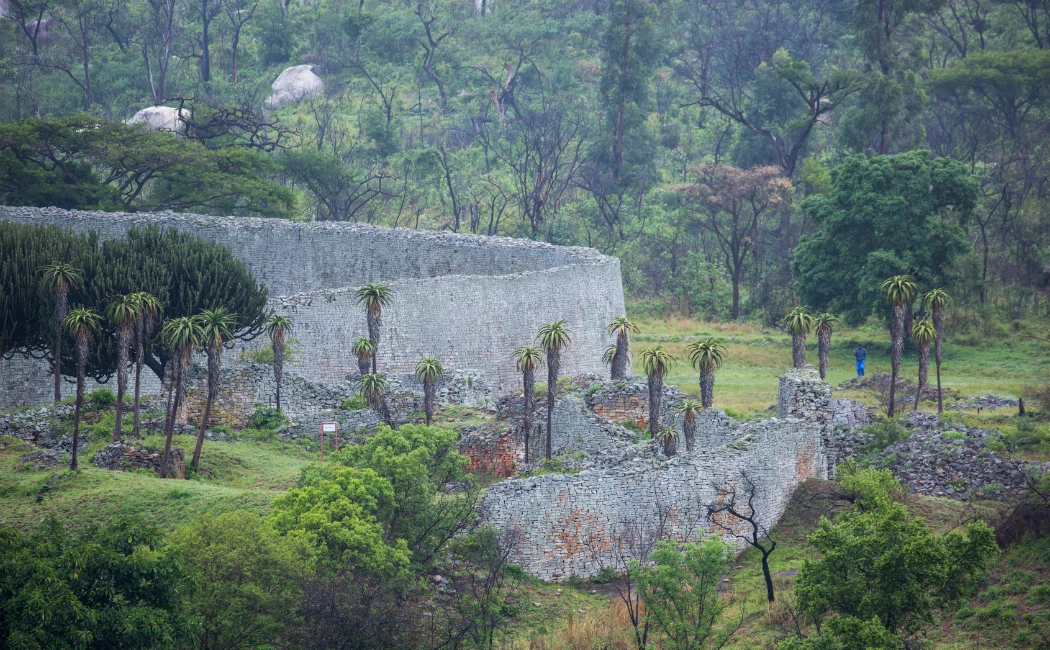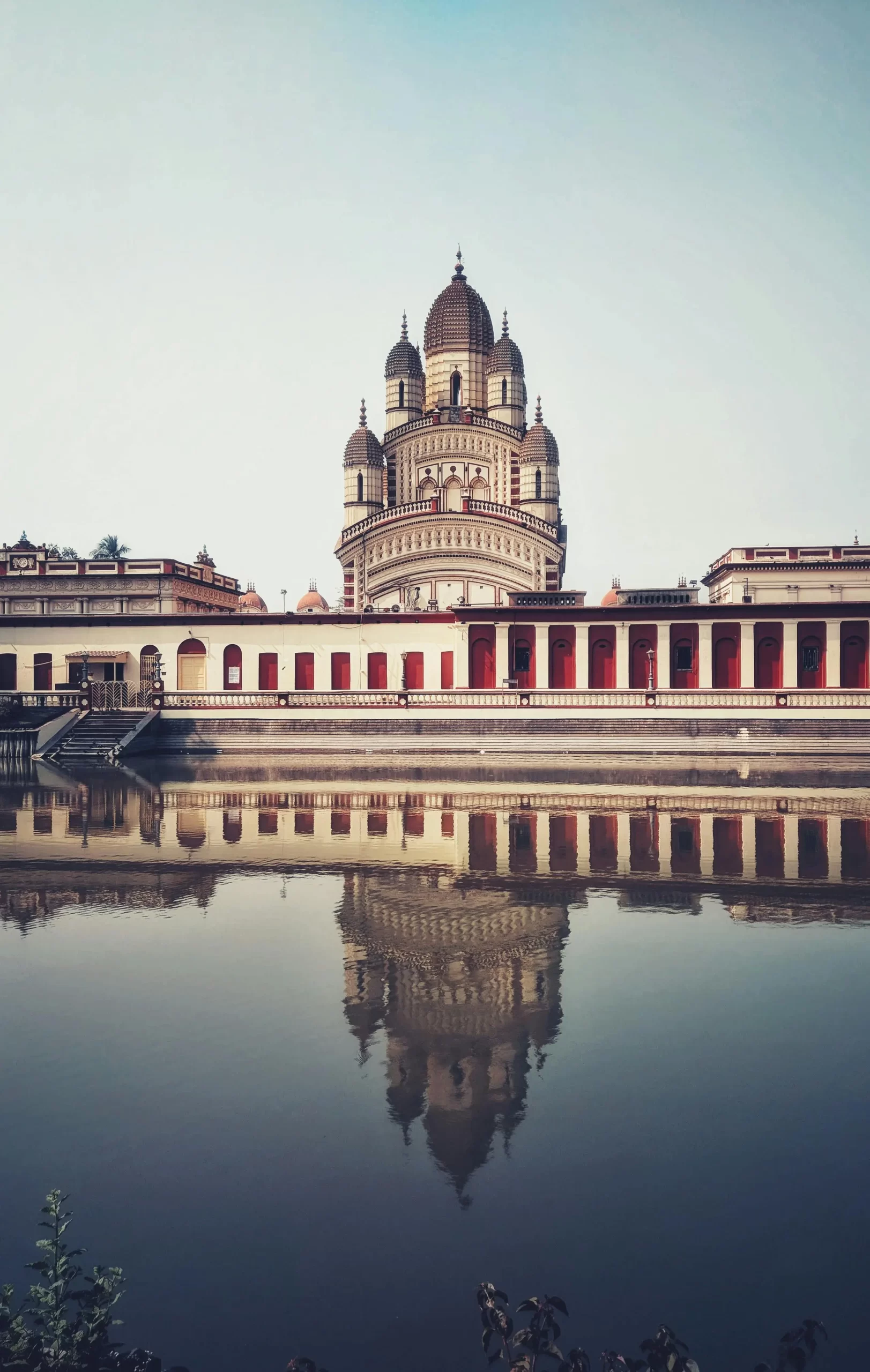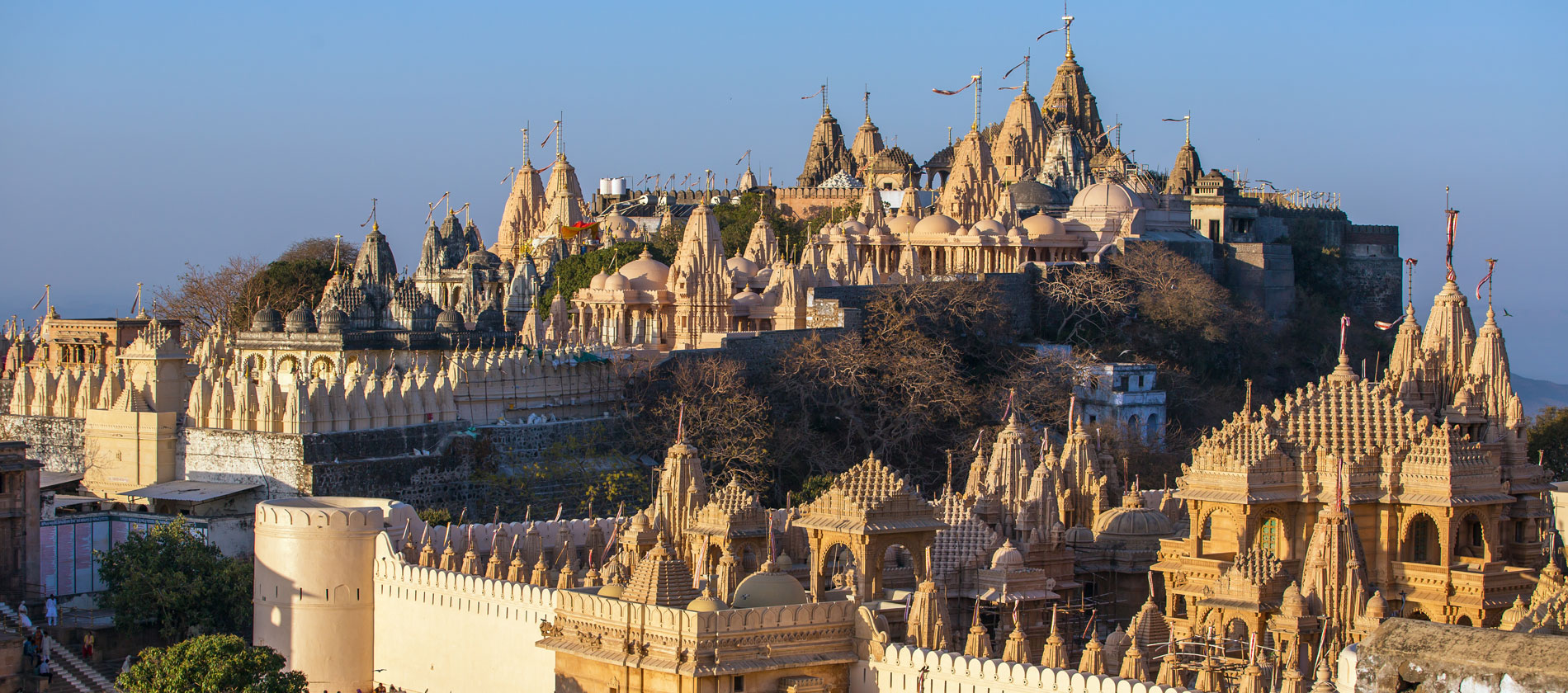Introduction: The Majestic Wat Arun
Bangkok, the bustling capital of Thailand, is a city known for its rich history, vibrant street life, and stunning temples. Among its most iconic landmarks is Wat Arun, also known as the Temple of Dawn. Situated on the western bank of the Chao Phraya River, this stunning temple is a must-visit for anyone traveling to Thailand.
With its striking architectural features, intricate details, and serene atmosphere, Wat Arun is not just a place of worship but also a symbol of Thailand’s cultural heritage. In this blog, we will explore the history, architecture, and cultural significance of Wat Arun, providing you with everything you need to know to make the most of your visit.
You May Also Like: Exploring the Sri Veeramakaliamman Temple: A Spiritual and Cultural Gem
1. A Brief History of Wat Arun
Wat Arun’s history dates back to the early days of Bangkok when it was first established as a small temple in the 19th century. Originally named Wat Makok, it was later renamed Wat Arun after King Rama II, who ordered the construction of the main stupa, or prang, that is now its centerpiece.
The temple was completed during the reign of King Rama III, and it has undergone various renovations over the years, particularly after the devastating effects of World War II. Today, Wat Arun stands as one of the most important Buddhist temples in Thailand, representing the country’s cultural and religious traditions.
The temple is dedicated to Aruna, the Hindu god of dawn, symbolizing the transition from darkness to light. This association has made it a popular site for both locals and tourists alike, especially during sunrise when its intricate details are illuminated by the early morning light.
2. Architectural Marvel: The Stunning Design of Wat Arun
Wat Arun is renowned for its breathtaking architecture, characterized by its towering central prang, which rises to a height of 82 meters. The temple’s design is a remarkable blend of Khmer and Thai architectural styles, showcasing intricate details that captivate visitors.
Key features of Wat Arun’s architecture:
- Central Prang: The temple’s iconic prang is adorned with colorful porcelain tiles and seashells, creating a dazzling effect that reflects the sunlight. The prang is surrounded by four smaller prangs, representing the mythical Mount Meru, which is considered the center of the universe in Buddhist cosmology.
- Decorative Elements: The temple is embellished with intricate carvings, sculptures, and colorful mosaics. The design includes depictions of mythical creatures, floral patterns, and Buddhist symbols, making it a feast for the eyes.
- Riverside Setting: Wat Arun’s location along the Chao Phraya River enhances its beauty, especially during sunset when the temple’s reflection shimmers in the water. The river serves as a natural backdrop that complements the temple’s grandeur.
Why it’s a must-see:
- The stunning architecture and intricate details make Wat Arun one of the most photographed landmarks in Thailand.
- The temple is an excellent example of traditional Thai craftsmanship and design, showcasing the country’s rich artistic heritage.
3. Visiting Wat Arun: What to Expect
When planning your visit to Wat Arun, here are a few things to keep in mind:
Location: Wat Arun is conveniently located near the Thonburi side of the Chao Phraya River, easily accessible by ferry or riverboat from various points in Bangkok, including the popular Sathorn Pier.
Opening Hours: The temple is open daily from 8:00 AM to 6:00 PM. It’s advisable to visit early in the morning to avoid crowds and enjoy the serene atmosphere.
Dress Code: As a place of worship, visitors are expected to dress modestly. Shoulders and knees should be covered, and it’s best to wear comfortable shoes, as there will be some walking and climbing involved.
Entry Fee: There is a nominal entrance fee for foreign tourists, which contributes to the maintenance of the temple. As of now, the fee is approximately 100 Thai Baht (around $3 USD).
4. The Spiritual Experience of Wat Arun
Wat Arun is not just a visual delight; it also offers a profound spiritual experience for visitors. The temple serves as an active place of worship, where locals come to pay their respects, meditate, and participate in religious ceremonies.
Visitors can observe monks conducting prayers and rituals, giving you a glimpse into the spiritual life of the Thai people. The atmosphere within the temple is serene, making it an ideal place for reflection and contemplation.
Cultural significance:
- The temple plays a vital role in the spiritual lives of many Thais, serving as a center for Buddhist practices and teachings.
- Festivals and religious ceremonies are often held at Wat Arun, drawing large crowds of devotees and tourists alike, creating a vibrant cultural experience.
5. Capturing the Beauty: Photography Tips
Wat Arun is a photographer’s paradise, with its stunning architecture and picturesque surroundings. Here are some tips to help you capture the beauty of the temple:
- Golden Hour: Visit during sunrise or sunset to capture the temple bathed in warm, golden light. The reflections on the river create a magical atmosphere that is perfect for photography.
- Angles and Perspectives: Explore different angles and perspectives to showcase the temple’s towering prangs. Don’t forget to capture the intricate details in close-up shots.
- Include the River: Incorporate the Chao Phraya River in your compositions to highlight the temple’s unique riverside setting.
- People and Culture: Capture the vibrant atmosphere by photographing the locals and tourists as they explore the temple. Their presence adds a dynamic element to your shots.
6. Nearby Attractions: Exploring Bangkok’s Rich Culture
After visiting Wat Arun, consider exploring some of the nearby attractions to make the most of your time in Bangkok:
- Grand Palace: Located just a short boat ride away, the Grand Palace is a must-visit for its stunning architecture and historical significance. It houses the Emerald Buddha, one of Thailand’s most revered religious artifacts.
- Wat Pho: Known as the Temple of the Reclining Buddha, Wat Pho is famous for its impressive 46-meter-long Buddha statue and is a short walk from the Grand Palace.
- Chao Phraya River Cruises: Take a boat cruise along the Chao Phraya River to enjoy the scenic views of Bangkok’s skyline and other historical landmarks.
7. Tips for a Memorable Visit to Wat Arun
To ensure your visit to Wat Arun is enjoyable and memorable, consider the following tips:
- Plan Ahead: Check the weather forecast before your visit, as the tropical climate can be unpredictable. Plan your visit during the cooler months (November to February) for the best experience.
- Stay Hydrated: Bangkok can be hot and humid, so carry water with you and stay hydrated throughout your visit.
- Be Respectful: As a sacred site, maintain a respectful demeanor while exploring the temple. Follow the rules and guidelines set by the temple authorities.
- Engage with Locals: Take the opportunity to engage with the locals and learn about their customs and traditions. They can provide valuable insights into the cultural significance of Wat Arun.
Conclusion: Embrace the Spirit of Wat Arun
Wat Arun, the Temple of Dawn, is a magnificent representation of Thailand’s rich cultural heritage and spiritual traditions. With its stunning architecture, serene atmosphere, and deep historical roots, it offers a unique experience for travelers seeking to immerse themselves in the beauty of Thai culture.
Whether you are captivated by its architectural splendor, drawn to its spiritual significance, or simply looking to explore the vibrant city of Bangkok, a visit to Wat Arun is sure to leave a lasting impression. So, pack your bags, grab your camera, and get ready to explore one of Thailand’s most iconic landmarks!










